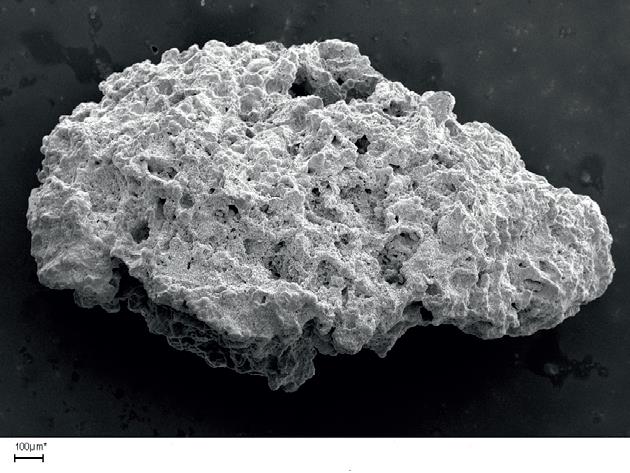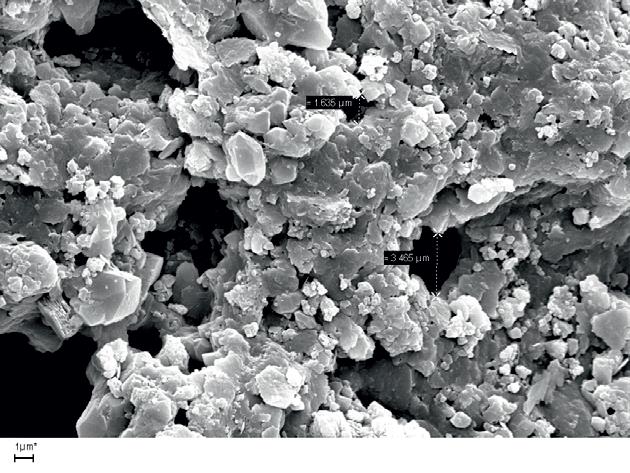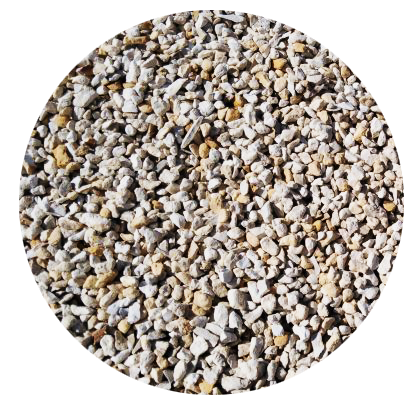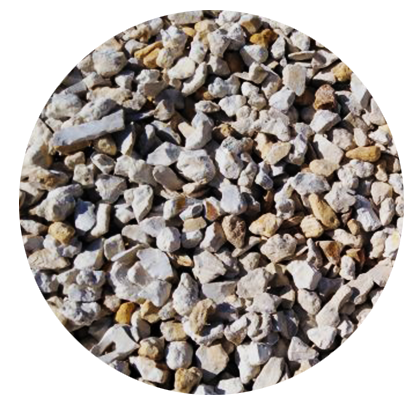discover chalcedonite




Chalcedonite
Chalcedonit, due to its origin (skeletons deposited in shallow seas during the Jurassic era), contains silica with a highly developed pore system. It is highly reactive silica with a large specific surface area.
These physicochemical properties predispose chalcedonite to numerous applications across various sectors and industries. Chemical composition analysis indicates a significant silica content along with certain amounts of calcium, magnesium, aluminum, iron, and manganese oxides.


Chalcedonite grit
2-10 mm


Chalcedonite grit
10-30 mm
Chemical composition of chalcedonite:
| SiO2 | 94,35-99,54% |
| Al2O3 | 0,40-3,69% |
| Fe2O3 | 0,12-0,49% |
| CaO | 0,01-0,10% |
| MgO | 0,01-0,04% |
| K2O | 0,06-0,42% |
| Na2O | 0,06-0,42% |
| TiO2 | 0,06-0,42% |
Physicochemical parameters of chalcedonite:
| Parameter | Unit | Value |
|---|---|---|
| Specific density | kg/m³ | 2600 |
| Bulk density | kg/m³ | 800-1000 |
| Grain porosity | % | up to 30% |
| Absorbability | % | 4-10 |
| Abrasiveness in the Micro-Deval testing machine | MPa | 60-120 |
| Compressive strength | % | 6-15 |